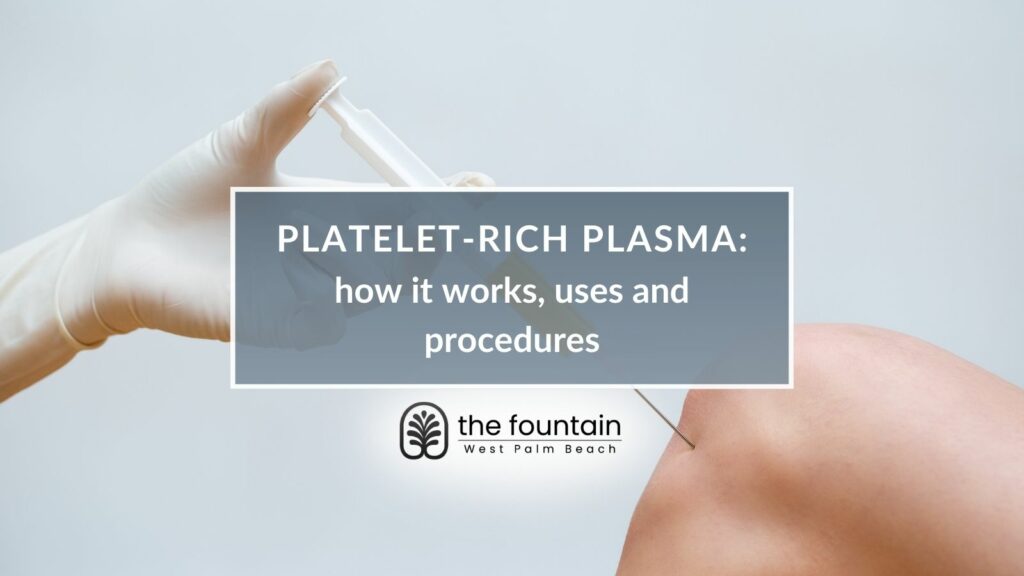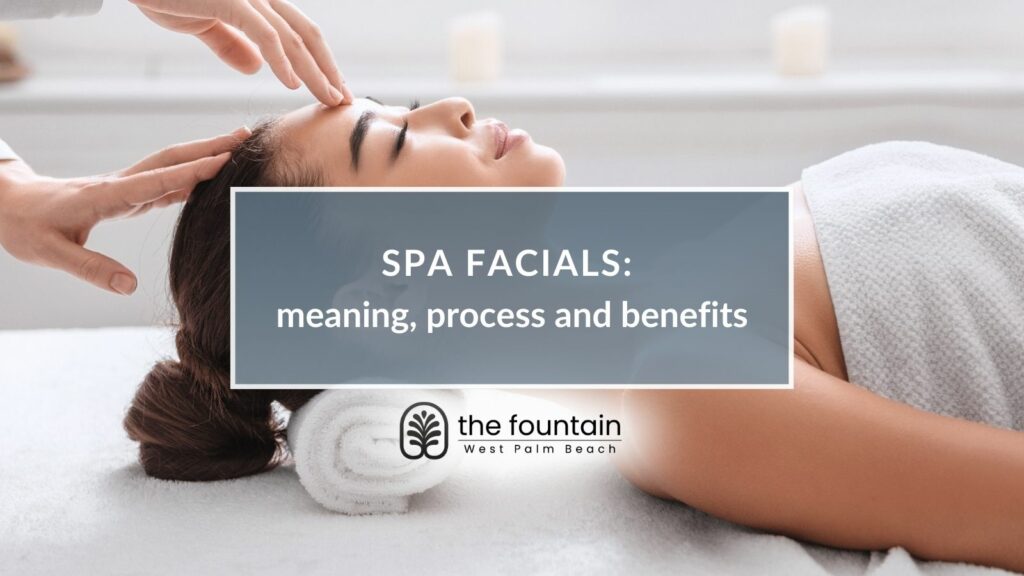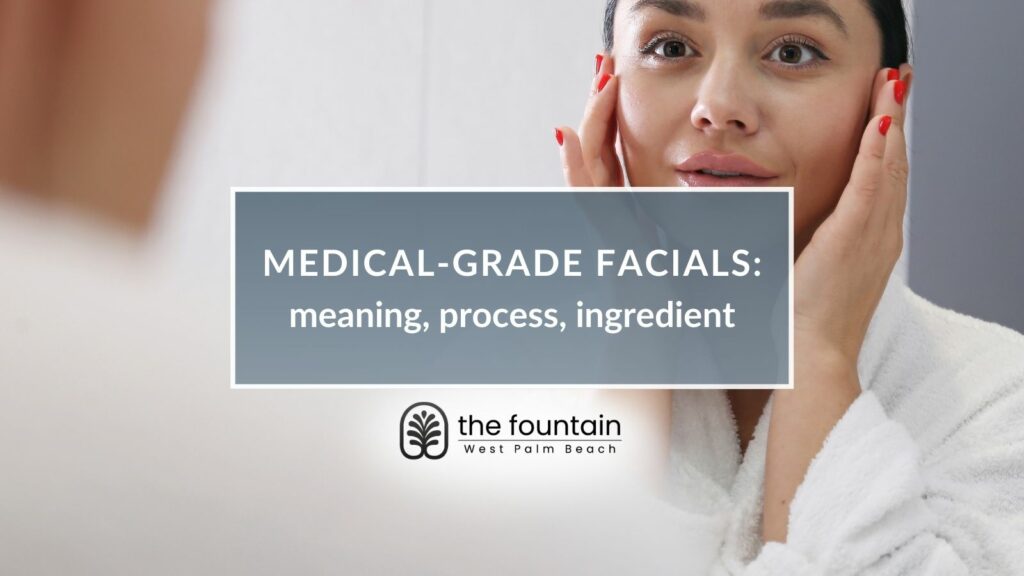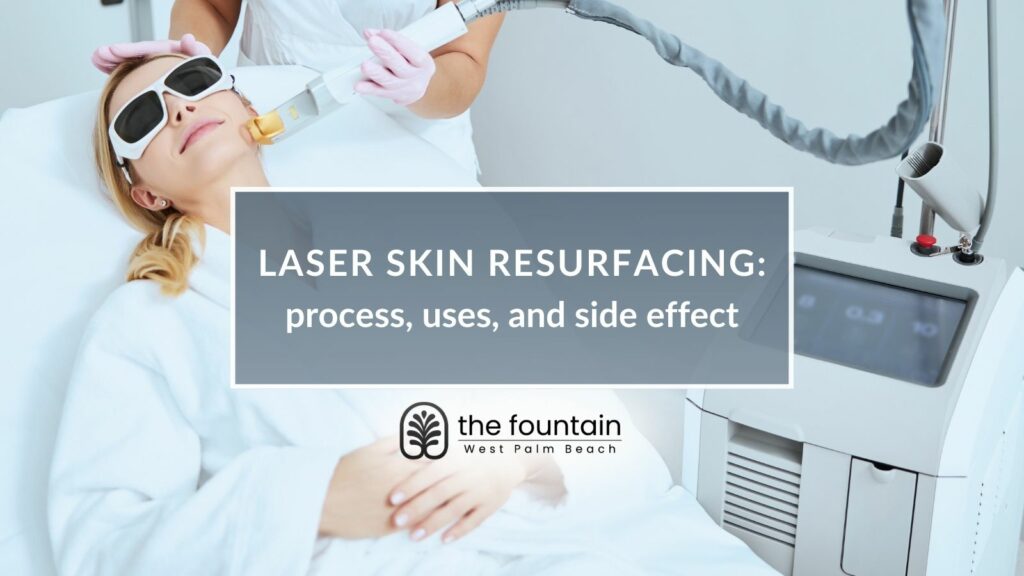Platelet-rich plasma (PRP) is at the forefront of regenerative medicine, offering a novel tissue repair and rejuvenation approach. Derived from the patient’s blood, PRP contains a concentrated mixture of platelets, growth factors, and cytokines that stimulate natural healing processes within the body.
Platelet-rich plasma works by accelerating tissue regeneration and promoting optimal healing outcomes. By isolating and concentrating platelets’ bioactive components, PRP therapy delivers a potent recipe of healing agents directly to the site of injury or damage, amplifying the body’s natural healing cascade.
The uses of Platelet-rich plasma therapy extend across various medical specialties, offering a wide range of applications tailored to meet the diverse needs of patients. From orthopedic injuries and dermatological conditions to sexual health concerns and chronic wounds, PRP therapy has demonstrated remarkable efficacy in promoting tissue repair and improving patient outcomes.
The Platelet-rich plasma procedure is relatively straightforward and minimally invasive, typically performed in an outpatient setting. After an initial patient evaluation and preparation, a small sample of the patient’s blood is collected and processed using a centrifuge to isolate the platelet-rich plasma. Once prepared, the PRP solution is injected directly into the target area of the body requiring treatment, guided by imaging techniques such as ultrasound or fluoroscopy for precision. Patients often experience minimal discomfort during the procedure and can resume normal activities shortly afterward, with follow-up care provided as needed.
What is Platelet-Rich Plasma?
Platelet-Rich Plasma (PRP) is a revolutionary treatment modality that harnesses the natural healing properties of blood platelets to promote tissue repair and regeneration, according to Singh, V. et al. 2017, “Platelet rich plasma—A new revolution in medicine.” Platelets, also known as thrombocytes, are crucial components of blood responsible for clotting and wound healing. However, their role extends beyond hemostasis, containing many growth factors and cytokines essential for tissue regeneration.
To create PRP, a small volume of the patient’s blood is drawn and processed using a centrifuge to separate the platelets from other blood components. It results in a concentrated solution rich in platelets called “platelet-rich plasma.” The isolated PRP contains a higher concentration of growth factors than whole blood, making it a potent stimulant for tissue repair.
PRP therapy involves injecting this concentrated PRP solution directly into the site of injury or damage. The growth factors released by the activated platelets initiate a cascade of biological processes, including cell proliferation, angiogenesis (formation of new blood vessels), and extracellular matrix remodeling. It promotes tissue regeneration and accelerates the healing process.
How Does Platelet-Rich Plasma Work?
Platelet-Rich Plasma (PRP) works through various mechanisms to promote tissue repair and regeneration, offering numerous benefits to patients across different medical fields.
1. Growth Factor Release
One of the primary ways PRP works is by releasing a concentrated dose of growth factors into the injured or damaged tissue. Platelets contain a multitude of growth factors, including platelet-derived growth factor (PDGF), insulin-like growth factor (IGF), vascular endothelial growth factor (VEGF), and transforming growth factor-beta (TGF-β), among others.
These growth factors are crucial in stimulating cell proliferation, angiogenesis (formation of new blood vessels), and extracellular matrix synthesis. By delivering abundant growth factors directly to the injury site, PRP accelerates healing and enhances tissue regeneration.
2. Anti-Inflammatory Effects
Platelet-rich plasma exhibits potent anti-inflammatory properties, contributing to its therapeutic efficacy in various inflammatory conditions. Inflammation is a natural response to tissue injury but often becomes chronic and worsens tissue damage if left unchecked.
PRP contains bioactive molecules that modulate the inflammatory response, reducing swelling, pain, and tissue destruction. By dampening inflammation, PRP creates a more favorable environment for tissue repair and regeneration, ultimately promoting faster healing and improved outcomes.
3. Stem Cell Recruitment
Another mechanism by which Platelet-rich plasma exerts its effects is through the recruitment and activation of stem cells. Stem cells are undifferentiated cells capable of differentiating into various cell types and participating in tissue repair processes.
PRP contains signaling molecules that attract stem cells to the site of injury, where they contribute to tissue regeneration and remodeling. By enhancing stem cell recruitment and activation, Platelet-rich plasma amplifies the body’s natural healing capacity and promotes tissue repair on a cellular level.
4. Extracellular Matrix Remodeling
Platelet-rich plasma therapy also plays a crucial role in remodeling the extracellular matrix (ECM), the complex network of proteins and molecules that provide structural support to tissues. The growth factors and cytokines PRP releases stimulate the synthesis of collagen, elastin, and other ECM components, leading to tissue remodeling and reinforcement.
This remodeling process is essential for restoring tissue integrity, strength, and function, particularly in tendon and ligament injuries. Platelet-rich plasma promotes ECM remodeling and enhances tissue stability and resilience, reducing re-injury risk and improving long-term outcomes.
5. Enhanced Blood Supply
Platelet-rich plasma therapy also promotes enhanced blood supply to the injured tissue, a process known as neovascularization. Increased blood flow delivers oxygen, nutrients, and immune cells to the injury site, facilitating tissue repair and regeneration.
Neovascularization also helps remove metabolic waste products and inflammatory mediators, further supporting healing. By stimulating angiogenesis and improving tissue perfusion, PRP enhances tissue viability and accelerates recovery in conditions characterized by poor blood supply, such as chronic wounds and musculoskeletal injuries.
What are the Uses of Platelet-Rich Plasma?
Platelet-Rich Plasma (PRP) therapy has emerged as a versatile treatment option with numerous applications across various medical specialties. Here, we explore some key uses of Platelet-rich plasma:
1. Musculoskeletal Injuries
Platelet-rich plasma is widely used in orthopedics and sports medicine to treat musculoskeletal injuries like tendonitis, ligament sprains, and osteoarthritis. According to Halpern BC, Chaudhury S, Rodeo SA., et al. 2012, “The Role of Platelet-Rich Plasma in Inducing Musculoskeletal Tissue Healing,” it has shown promising results in promoting tissue repair and reducing pain and inflammation in conditions like tennis elbow, Achilles tendinitis, rotator cuff injuries, and knee osteoarthritis.
By delivering a concentrated dose of growth factors and bioactive molecules directly to the injury site, PRP accelerates the healing process and enhances tissue regeneration, allowing patients to return to activity faster and with improved outcomes.
2. Hair Restoration
Platelet-rich plasma has gained popularity as a non-surgical option for hair restoration and treatment of hair loss, particularly in androgenetic alopecia (male and female pattern baldness). By injecting PRP into the scalp, growth factors stimulate hair follicles, promote hair growth, and increase hair thickness and density. This approach offers a natural and minimally invasive solution for individuals seeking to address thinning hair or hair loss, with minimal downtime and few side effects.
3. Aesthetic and Dermatological Procedures
In dermatology and aesthetic medicine, platelet-rich plasma is utilized for various skin rejuvenation and anti-aging treatments, as discussed by Vladulescu, D. et al. 2023, “Platelet-Rich Plasma (PRP) in Dermatology: Cellular and Molecular Mechanisms of Action.” PRP facials, also known as vampire facials, involve microinjections of PRP into the skin to stimulate collagen production, improve skin texture and tone, and reduce fine lines, wrinkles, and acne scars. PRP combines microneedling, laser therapy, and other cosmetic procedures to enhance results and promote faster healing.
3. Sexual Health
Platelet-rich plasma is increasingly being explored for its potential role in enhancing sexual health and treating sexual dysfunction in both men and women. In men, PRP injections improve erectile function by promoting tissue regeneration and increasing blood flow to the penis. In women, PRP therapy helps restore vaginal tissue elasticity, lubrication, and sensitivity, addressing issues such as vaginal dryness, discomfort, and reduced sexual satisfaction. These applications offer promising alternatives to traditional treatments for sexual health concerns, with the potential for long-lasting results and minimal side effects.
4. Chronic Wounds
Platelet-rich plasma has shown promise in managing chronic wounds, such as diabetic ulcers, venous ulcers, and pressure sores. By promoting angiogenesis, tissue regeneration, and wound healing, PRP accelerates the closure of non-healing wounds and reduces the risk of complications, such as infection and amputation. It is used as an adjunctive therapy alongside standard wound care protocols to improve outcomes and facilitate wound closure in challenging cases.
5. Dental and Maxillofacial Surgery
Platelet-rich plasma is utilized for various applications in dentistry and maxillofacial surgery, including bone regeneration, implant dentistry, and periodontal therapy. PRP promotes bone healing and graft integration, enhances soft tissue healing, and reduces postoperative complications in tooth extractions, bone grafting, and dental implant placement. It offers dentists and oral surgeons a valuable tool for improving treatment outcomes and patient satisfaction in complex dental procedures.
How is Platelet-Rich Plasma Procedure Done?
Platelet-Rich Plasma (PRP) therapy is a relatively simple and minimally invasive procedure, as discussed by Dhurat, R. et al. 2014, “Principles and Methods of Preparation of Platelet-Rich Plasma: A Review and Author’s Perspective.” Here’s a detailed overview of how the PRP procedure is typically performed:
Step 1: Patient Evaluation and Preparation
Before undergoing Platelet-rich plasma therapy, the patient undergoes a thorough evaluation by a healthcare provider to assess their medical history, current health status, and suitability for the procedure. The provider explains the procedure, potential risks, and expected outcomes to the patient, addressing any questions or concerns they may have. The patient must discontinue certain medications or supplements that affect blood clotting before the procedure if deemed appropriate.
Step 2: Blood Collection
The Platelet-rich plasma procedure begins with collecting a small sample of the patient’s blood, typically from a vein in the arm. The skin over the selected vein is cleaned with an antiseptic solution to minimize the risk of infection. A healthcare provider then uses a sterile needle and syringe to draw a predetermined amount of blood from the patient into a specialized collection tube or vial.
Step 3: Centrifugation
Once the blood sample is collected, it is placed into a centrifuge, a machine that spins at high speeds to separate the various components of the blood. During centrifugation, the heavier blood cells, such as red and white blood cells, separate from the lighter plasma and platelets. The platelet-rich plasma layer, which contains a concentrated amount of platelets and growth factors, is then carefully extracted from the tube using a sterile syringe or pipette.
Step 4: Activation (Optional)
The Platelet-rich plasma solution is sometimes activated before injection to enhance its therapeutic properties. Activation involves adding a substance, such as calcium chloride or thrombin, to the PRP to stimulate the release of growth factors and other bioactive molecules. Activation optimizes the effectiveness of the PRP and promotes faster healing and tissue regeneration.
Step 5: Injection
Once prepared, the activated or non-activated Platelet-rich plasma solution is ready for injection into the target area of the body, requiring treatment. The healthcare provider identifies the precise location for injection, often using ultrasound or fluoroscopic guidance to ensure accuracy and optimal placement of the PRP. Using a fine-gauge needle, the PRP solution is carefully injected into the injured or affected tissue, such as a joint, tendon, ligament, or muscle.
Step 6: Post-Injection Care
After the PRP injection, the patient is instructed to rest briefly and avoid strenuous activities for a short period to allow the PRP to settle and begin its therapeutic effects. The healthcare provider often applies a bandage or dressing to the injection site to protect it and minimize the risk of infection. Patients are typically advised to monitor the injection site for any signs of disease or adverse reactions and to follow any additional post-injection instructions provided by their healthcare provider.
What are the Side Effects of Platelet-Rich Plasma?
Platelet-Rich Plasma (PRP) is generally well-tolerated, with minimal risk of adverse effects due to its autologous nature. However, some patients experience mild side effects, such as temporary pain, swelling, bruising, or redness at the injection site. These reactions typically resolve within a few days and are managed with ice packs, over-the-counter pain relievers, and rest.
In rare cases, more serious complications, such as infection or nerve damage, highlight the importance of proper patient selection, skilled administration, and adherence to sterile techniques during the PRP procedure. Patients should discuss concerns or potential risks with their healthcare provider before undergoing PRP therapy.
Is PRP therapy suitable for everyone?
Certain medical conditions or medications may make some individuals ineligible for PRP therapy.
How long until I see results from PRP therapy?
The results from PRP therapy vary, but improvement may occur within weeks to months depending on the condition.
How does PRP treatment enhance the effectiveness of medical-grade facials?
Integrating PRP with medical-grade facials can enhance the overall results by providing a boost in collagen production and targeted healing. This combination can significantly improve the efficacy of facials, particularly in terms of skin regeneration, elasticity, and long-lasting hydration.
How does PRP therapy enhance the results of spa facials?
Combining PRP therapy with spa facials can profoundly enhance the skin-rejuvenating effects of both treatments. PRP’s growth factors boost the skin’s regenerative processes, while spa facials cleanse and nourish the skin, resulting in more profound and lasting improvements in skin texture, tone, and elasticity.
Are there dietary or lifestyle recommendations with PRP therapy?
Dietary or lifestyle recommendations with PRP therapy include hydration, a balanced diet, and avoiding smoking, but no strict guidelines exist.
Can PRP therapy be combined with other treatments?
PRP therapy can be combined with other treatments, such as physical therapy or surgery, for better outcomes.
Is PRP therapy covered by insurance?
Insurance coverage varies; some plans may cover it for specific conditions, but it’s often considered elective.





